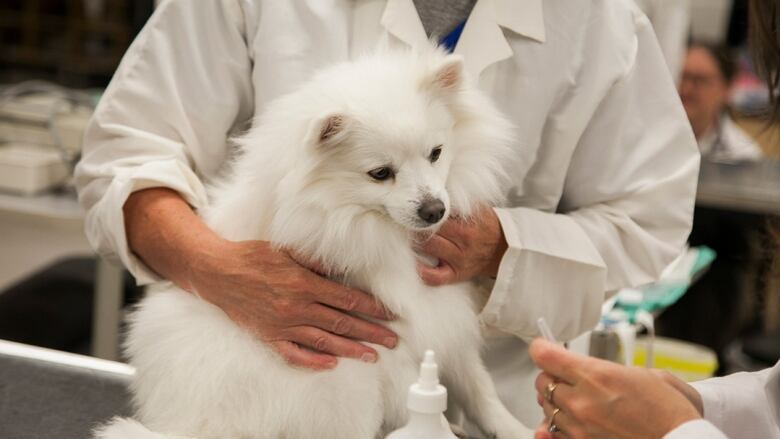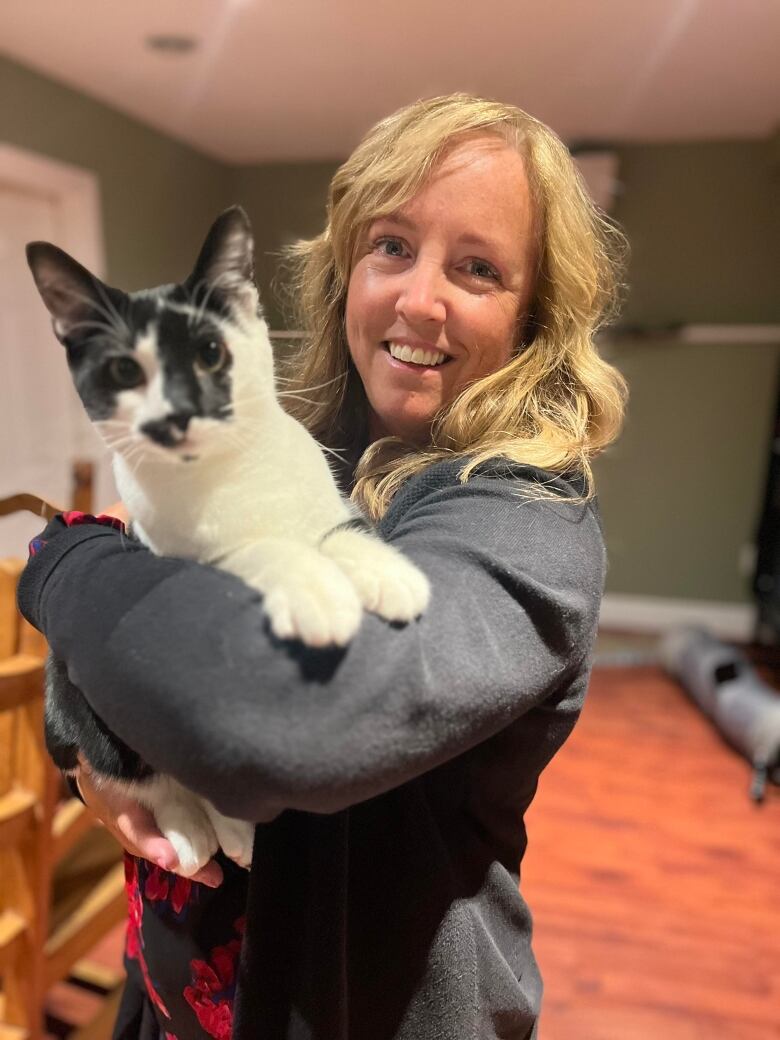Spotting the warning signs of diabetes in your pets
Veterinarian says the condition can be life-threatening if not treated

A chronic condition that affects millions of Canadians can also be an issue for pets.
Diabetes occurs when the body does not produce enough insulin or when it cannot use it electively, resulting in high blood glucose levels.
But many people do not realize their beloved dog, cat or other small pet can also develop diabetes.
Karyn Steele, a veterinarian at Bedford Parks Animal Hospital in Bedford, N.S., spoke to CBC RadioMaritime Noon hostBob Murphyabouthow to spot the signs of diabetes in your pet and what treatments are available.
This conversation has been edited for clarity and length.

Q: What are the warning signs in cats and dogs?
A: Often the symptoms are excessive drinking, maybe excessive urination.
Sometimes the owners notice there's more urine clumps in the litter box, a really ravenous appetite, oftentimes with weight loss associated with it instead of weight gain. Those are the common symptoms that we would see.
We do see diabetes more commonly in cats versus dogs, but it certainly can happen in dogs as well.
Q: How do you test for it? Do you have to geta urine sample?
A: We do. We get a blood sample as well.
A blood sample will show us that the blood sugar is just really, really high and the urine sample will help us see if there's glucose spilling out into the urine.
Sometimes we look for ketones because an uncontrolled diabetic canbecome quite ill and develop something called diabetic ketoacidosis, and that can be life-threatening if it's not treated properly.

Q: There are two types of diabetes for people. Is it similar for animals?
A: Most commonly cats will have Type 2 where they have insulin produced in the pancreas, but they may not be able to use it properly or there's an underlying disease process that's not allowing them to. A lot of dogs have Type 1, which is where they aren't producing the insulin that they need.
Q: Is the treatment similar to humans?
A: It is. We often start treatment with insulin.
There's different types for dogs and cats and it often does involve a little under the skin injection that we teach the owners how to do at home twice a day.
Depending on the patient, if we can get them on a proper diet that is low in carbohydrates, we can get some cats regulated with just the diet, but often we do have to have some insulin supplementation.
Q: How hard are the injections for the pet owner?
A: If you have a little special treat that you maybe save for just the injection, they don't seem to mind it too much. It's a very, very small little needle.
Q: Is the medication expensive?
A: The actual insulin itself is not that expensive, but there are some blood tests that we have to do regularly to make sure that theirblood sugar is regulated.
There's glucose curves where we have them in hospital and check their blood sugar either every hour or every two hours during the day.
But a lot of owners are really great at learning how to do it themselves.
Theyuse a little needle and get a little blood sample from the pet's ear and they can learn how to do the glucose curves at home, too, and just send us in the numbers and we figure out what's going on.
With files from Maritime Noon












_(720p).jpg)


 OFFICIAL HD MUSIC VIDEO.jpg)
.jpg)



























































































